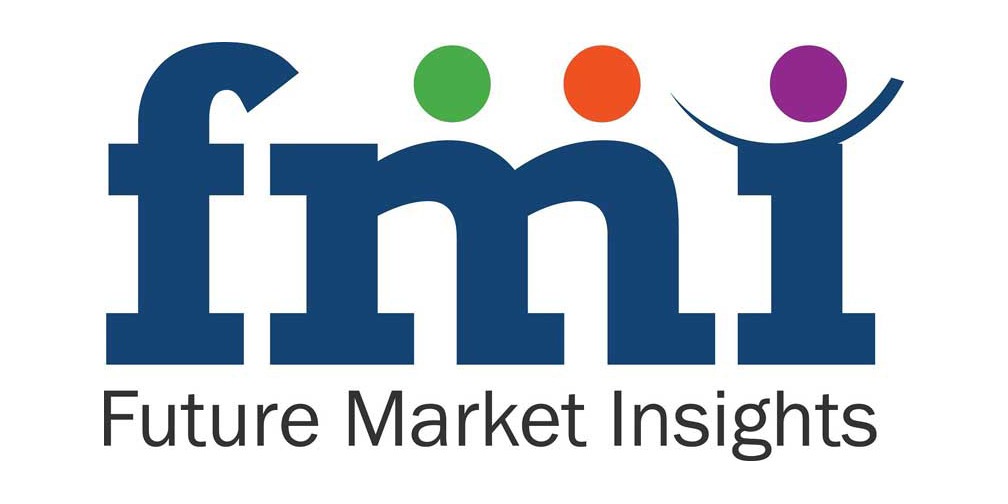The global district heating market was valued at USD 198 billion in the year 2023 and is expected to reach USD 340 billion by the year 2033 at a CAGR of 5.6% between 2023 and 2033. The district energy system implies providing heat to monitor temperature in residential, industrial, and business areas.
The central heat plant produces heat energy and the same is then distributed via well-established networks comprising insulated pipes. Generation of heat is controlled through combined heat and power systems, heat pumps, or boilers. The basic objective of district heating system is that of facilitating scaling back of the greenhouse emissions, thereby catering to rising demand for heat by a huge range of the consumers.
It is a known fact that district heating systems do promote deploying renewable biomass, industrial waste, municipal waste, and waste from CHP for generation of energy. As of now, the universe is battling threats owing to uncontrollable global warming in the wake of carbon emissions. As such, renewable energy resources are the need of the hour.
Besides, it has been reported that district heating results in 11% reduction in usage of electricity with 40% curtailment in usage of fossil fuels, thereby causing overall saving in energy of 6% amongst the industries. Also, routing industrial processes through district heating has resulted in potentially reducing emissions of carbon dioxide by 112,000 tons/year.
District heating serves close to 60 Mn citizens of the EU, and extra 140 Mn people reside in cities with atleast 1 district heating system. The IEA and EU has released reports stating that DH meets close to 11-12% of heat demand from the EU through 6K cooling and district heating networks.
Machine Learning is being employed with the idea of predicting heat loads from operational data and customer data, along with national holidays, weather forecasts, and likewise, so as to plan and optimize heat production, which helps in handling peak loads and lessening heat loss.
At the same time, the fact that initial installation cost of district heating systems is higher can’t be ignored. Future Market Insights has entailed these facts with future prospects in its latest market study entitled ‘District Heating Market’.
Key Takeaways from District Heating Market:
- North America holds the largest market share due to the excessive demand for electricity by the commercial, residential, and commercial spaces in the US.
- Europe comes in second. Novi Sad Heating Plant based out of Serbia does consume close to 1 Mn MWh of heat every single year, that too, with natural gas being the primary fuel that costs about EUR 40 Mn. Production system’s efficiency is around 96%, whereas efficiency of the distribution system is a bit above 90%.
- The Asia-Pacific is expected to grow at the fastest pace in the district heating market with China, followed by South Korea, witnessing the highest number of installations of renewable heating plants.
“With advancements in heating networks at an unparalleled level, the advanced district heating systems to be at the forefront of district heating market”, says an analyst from district heating market.
Competition in the District Heating Market:
NRG Energy (US), Statkraft (Norway), Shinryo Corporation (Japan), LOGSTOR (Denmark), Vital Energi (UK), Kelag (Denmark), Fortum (US), Vattenfall (Sweden), ENGIE (France), Danfoss (Denmark), NRG Energy (US), Statkraft (Norway), Shinryo Corporation (Japan), LOGSTOR (Denmark), Vital Energi (UK), Kelag (Austria).
District Heating Market Segmentation Analysis:
By Source:
- CHP
- Geothermal
- Solar
- Heat only Boilers
- Others
By Application:
- Residential
- Commercial (College, Office, Government/Military)
- Industrial (Chemical, Refinery, Paper)
- Others
By Region:
- North America
- Latin America
- Europe
- Asia Pacific
- The Middle East and Africa
Access Report Details for More In-Depth Information:
Author:
Nikhil Kaitwade (Associate Vice President at Future Market Insights, Inc.) has over a decade of experience in market research and business consulting. He has successfully delivered 1500+ client assignments, predominantly in Automotive, Chemicals, Industrial Equipment, Oil & Gas, and Service industries.
His core competency circles around developing research methodology, creating a unique analysis framework, statistical data models for pricing analysis, competition mapping, and market feasibility analysis. His expertise also extends wide and beyond analysis, advising clients on identifying growth potential in established and niche market segments, investment/divestment decisions, and market entry decision-making.
Nikhil holds an MBA degree in Marketing and IT and a Graduate in Mechanical Engineering. Nikhil has authored several publications and quoted in journals like EMS Now, EPR Magazine, and EE Times.
About Future Market Insights (FMI)
Future Market Insights, Inc. (ESOMAR certified, recipient of the Stevie Award, and a member of the Greater New York Chamber of Commerce) offers profound insights into the driving factors that are boosting demand in the market. FMI stands as the leading global provider of market intelligence, advisory services, consulting, and events for the Packaging, Food and Beverage, Consumer Technology, Healthcare, Industrial, and Chemicals markets. With a vast team of over 400 analysts worldwide, FMI provides global, regional, and local expertise on diverse domains and industry trends across more than 110 countries.
Join us as we commemorate 10 years of delivering trusted market insights. Reflecting on a decade of achievements, we continue to lead with integrity, innovation, and expertise.
Contact Us:
Future Market Insights Inc.
Christiana Corporate, 200 Continental Drive,
Suite 401, Newark, Delaware – 19713, USA
T: +1-845-579-5705
For Sales Enquiries: sales@futuremarketinsights.com
Website: https://www.futuremarketinsights.com
LinkedIn| Twitter| Blogs | YouTube
